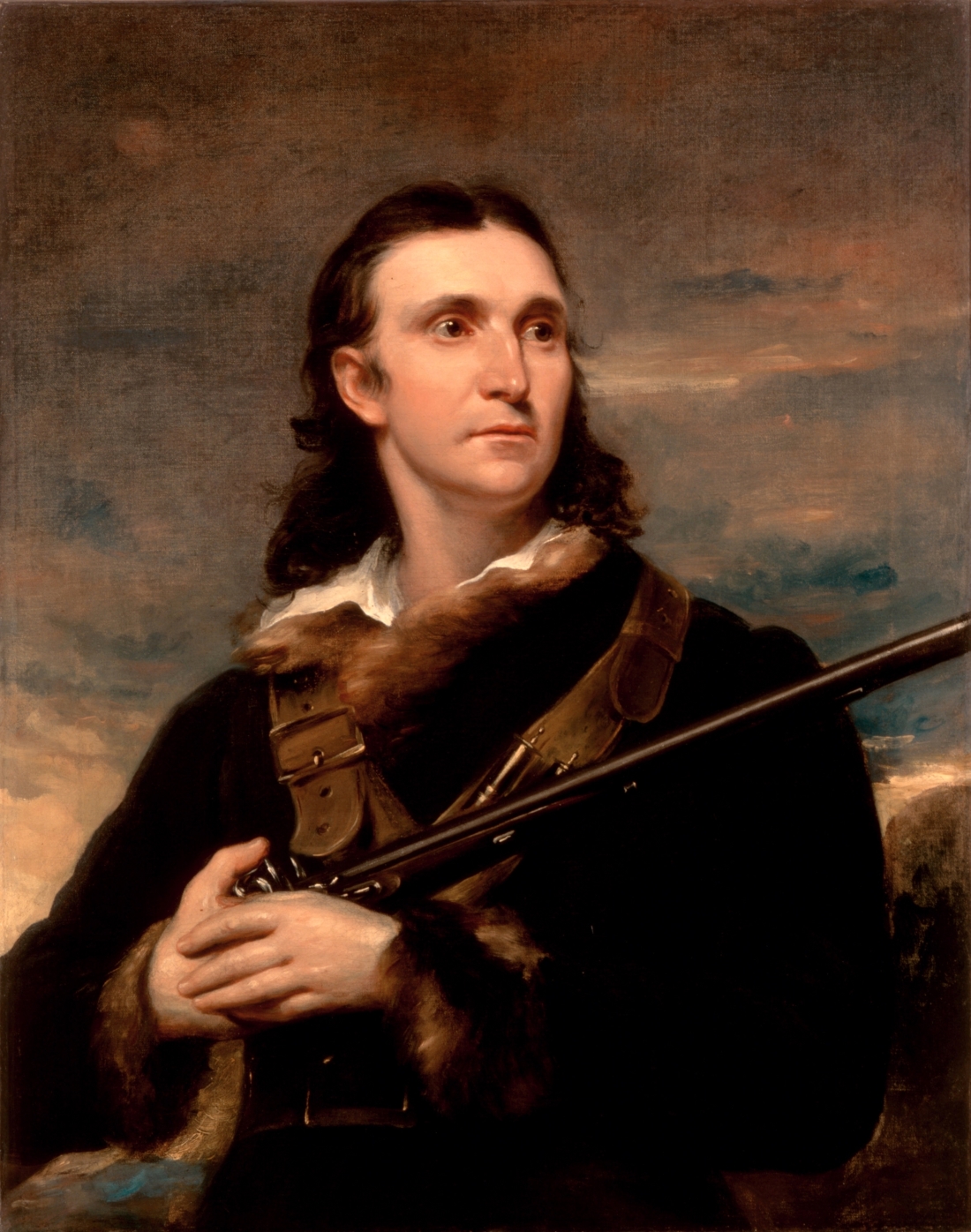One of the finest illustrators of the 19th century and an exhaustive researcher, John James Audubon made his mark across disciplines with his work on birds. He identified 25 new species of bird in his lifetime, and his major work, a color-plate book entitled The Birds of America, is considered one of the finest ornithological works ever completed.

John James born in Le Cayes in the French colony of Saint-Domingue (which is now Haiti). He was the son of Lieutenant Jean Audubon and his mistress Jeanne Rabin, who died shortly after his birth. He was given the name Jean Rabine, which he later changed to John James to make it more anglicized when he immigrated to the United States.
After a challenging start in the States when he caught yellow fever immediately upon arrival, John James set about studying American birds between his attempts to become a successful businessman. He was the first ornithologist to band birds in the United States. This is a practice in which small markers, in this case loops of yarn, are attached to the legs of birds in order to track them over time. It was then when he also began to draw and paint birds seriously. In 1820, after some less than successful business ventures, Audubon declared he would paint every bird in North America.
This declaration eventually resulted in Audubon’s most famous work, his monumental book The Birds of America. It was first published in Edinburgh and London in sections between 1827 and 1838. The finished work consists of 435 hand colored, life-sized prints made from engraved plates, each measuring around 39 by 26 inches (99 by 66 cm). The scale of the work is perhaps the most impressive element.

The book was created and published over many years in part due to Audubon’s struggle to get financial support for such a large, ambitious work. His primary source of financing for the project was in the form of subscriptions, where subscribers would receive a small number of prints at a time for a regular set fee. In 1826 he traveled from America to the United Kingdom to search for subscribers, engravers, and colorists to help him complete the work. It was here that the project was eventually completed in 1838.
Only 120 copies of The Birds of America are known to survive today. It is considered one of the most expensive books of all time, with one copy being sold for $8.8 million at auction, the highest price on record for any book at an auction.
In addition to The Birds of America, he completed a companion sequel titled Ornithological Biographies. He never truly retired. Up until his death in 1851 he attempted to capture species he had missed. His final publication, The Viviparous Quadrupeds of North America was about mammals rather than birds, and was published in 1849, just two years before his death, which is thought to have been caused by Alzheimer’s disease.
Audubon has the legacy of being the greatest ornithologist of all time. Even Charles Darwin cited his work in developing his theory of evolution. Critical to his success were his primarily visual methods. He exemplifies that in many areas of the sciences, particularly the life sciences, visual techniques are a way to capture information that simply cannot be counted or inscribed. His works are far more than mere records of species like modern day specimen photographs. They are stunning works of art, beautiful objects in their own right. This is the true value of his work, and is why he remains a legend to this day.